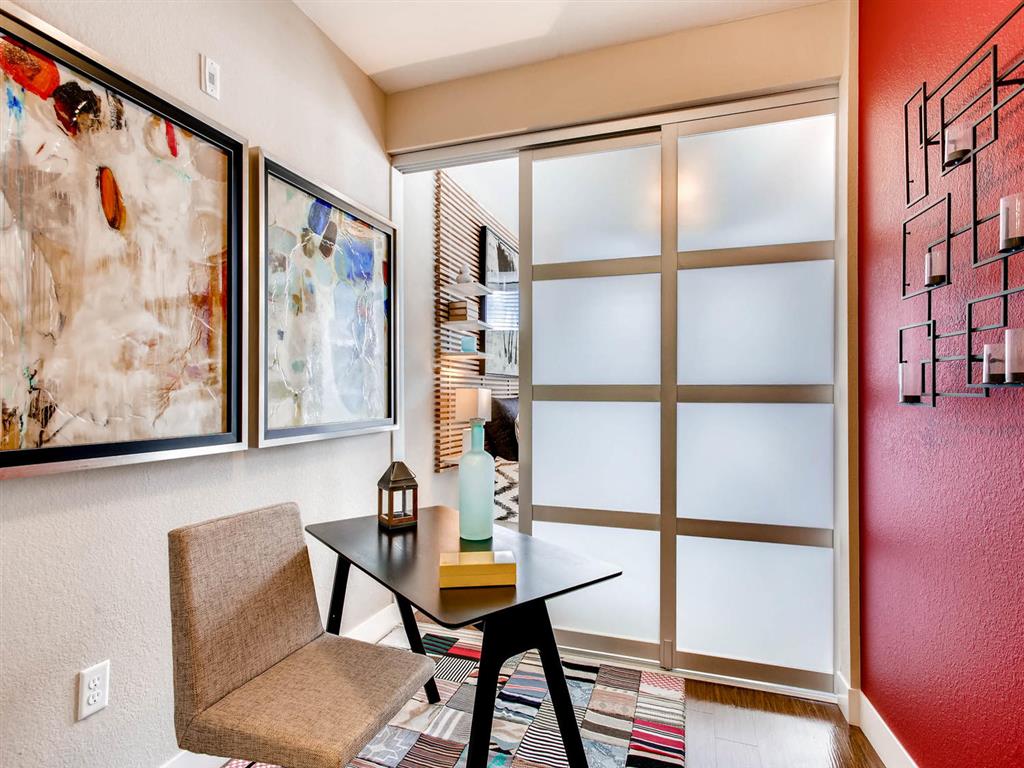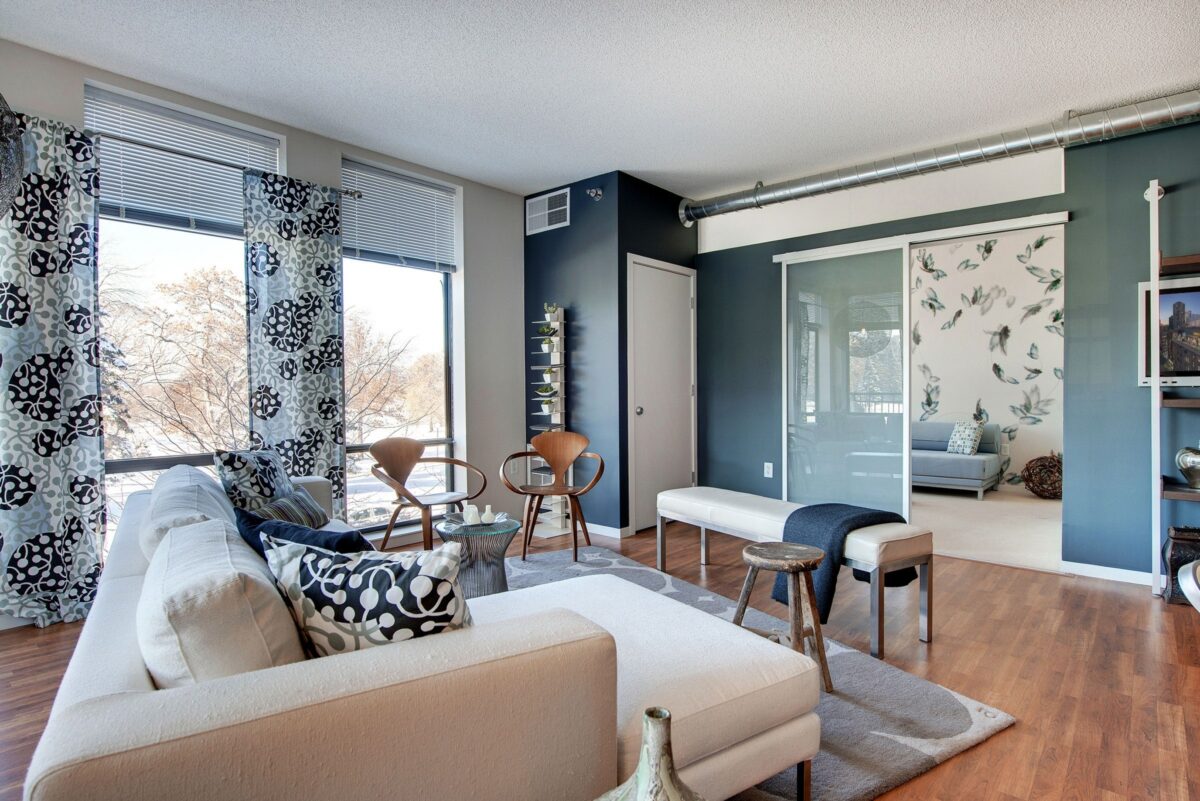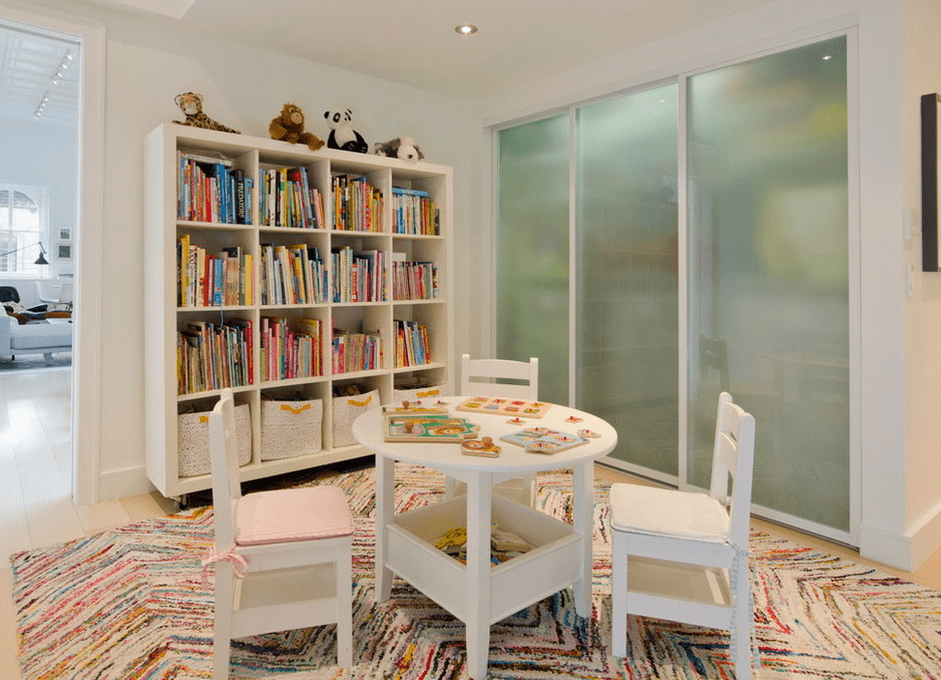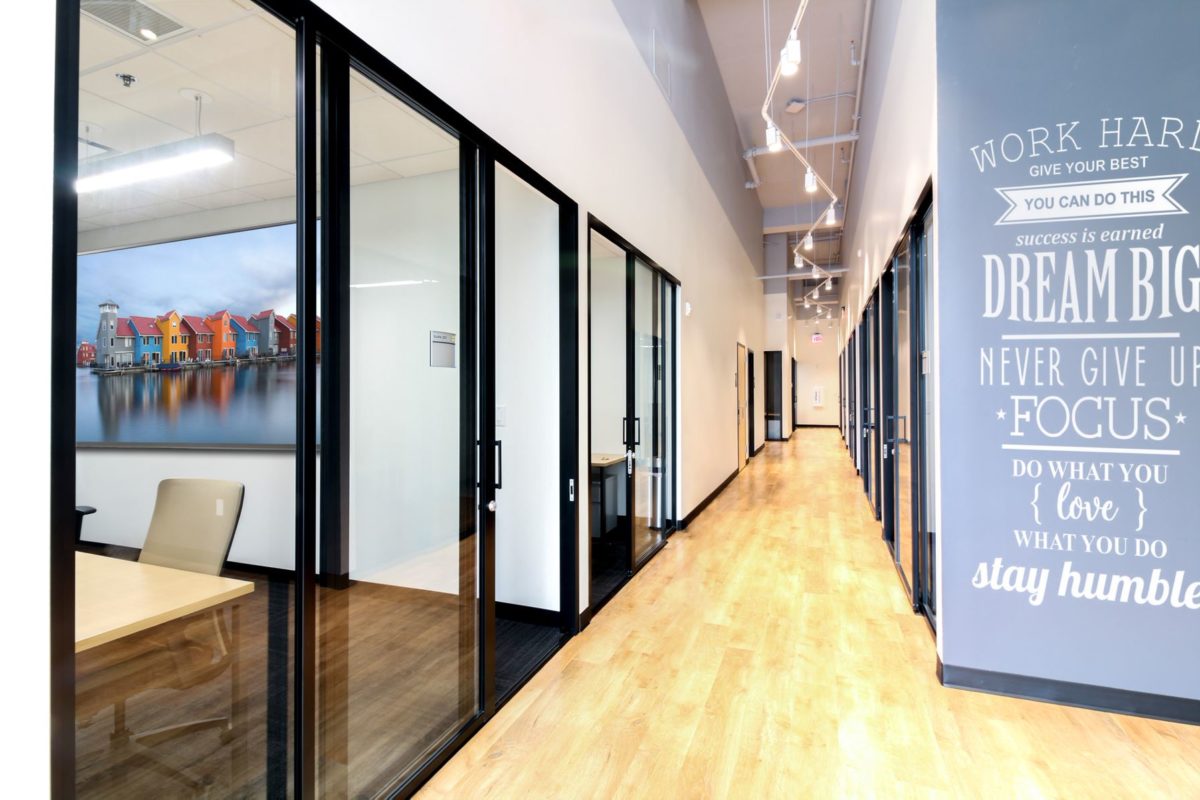If you’re looking for a building material that is also ecologically friendly, give glass a try. Using glass in construction products and around the home benefits the environment in several ways.
Glass is fully recyclable, and it can be recycled quickly. Most glass containers get recycled into new containers, and the simple act of recycling glass can lower air pollution levels significantly.
In addition, glass is non-toxic. It’s also inert, so it’s an ideal way to store food and medicines. Keeping your food in glass containers will not affect its taste, and medicines kept in glass containers will not have their safety, effectiveness, or composition compromised.
Finally, glass windows can not only help you save money by letting in more light, but also play a big role in some of the most cutting-edge “passive solar” homes and buildings.
Using glass in the construction or remodeling of your home makes sense economically and ecologically. Read the infographic below for more information about how the use of glass benefits the environment.
How the Use of Glass Benefits the Environment


Accessibility for Doors: The Sliding Door Company Has You Covered


In order to be able to use homes, facilities, and businesses, people with special needs in this country need custom indoor doors, handles, and locks that are accessible. Ensuring ADA-compliance means getting the right doors and door hardware. The Sliding Door Company has what you need to make your interior doors accessible to all.
Door Width and Obstruction
One of the biggest issues among people with disabilities is that the doors aren’t wide enough to accommodate entry. ADA standards require 32 inches of clear width, which is the space between the door face and the opposite stop. However, for those with wheelchairs or walkers, this minimum may not always be enough.
In addition to enough clearance, these people also need doors which don’t interfere as they are going through them to enter a room. Again, the ADA states that doors must open a minimum of 90 degrees. However, it’s a good idea to ensure that doors can open beyond this amount.
Both door width and obstruction can be easily solved with larger interior doors. In existing buildings, a simple alteration to widen doorways is all that’s needed. New buildings need only increase doorway widths prior to construction.
What Makes The Sliding Door Company Sliding Doors Unique
Sliding doors are a unique solution to ensuring that doors are ADA-compliant. Unlike a traditional door that swings outward, sliding doors move along the wall, revealing the total width of the doorway without any worry that it will prevent access. As well, sliding doors won’t swing closed as you are moving through them as traditional doors can sometimes do.
The patio door you might have in your home is a traditional sliding door. Although great for able-bodied people, using this kind of traditional door for interiors just doesn’t work for those with physical disabilities. The high bottom track makes it impossible for wheelchairs or walkers to clear, and these doors require a lot more muscle to open and close.
The regulations stipulate that doors must have a maximum push pressure of five pounds. The Sliding Door Company sliding doors require approximately three pounds of push pressure.
Options Galore
Just how many ways can your building alteration or design accommodate people with special needs with sliding doors as it adds beauty and style? You might be surprised. Let’s look at the kinds of sliding doors you can install.
Suspended Doors
Our suspended doors also save space and don’t require a bottom track. Like the barn door style, our suspended doors move along a track installed above the doorway. Two doors can slide inward to close or outward to open and are incredibly quiet while in operation.
Pocket Doors
Custom pocket doors can be a great addition to your floor plan. These incredibly practical products also save loads of space, sliding safely inside walls when opened. One of the best things about pocket doors is that they are seamless. Because they sit flush with the doorway, a closed pocket door maintains clean lines when closed. Tracks that are flush with the flooring also make for easy navigation through doorways.
The Smart Track System
The Sliding Door Company’s sliding doors can be installed in several ways that meet ADA-compliance requirements. This is thanks to the options available for our Smart Track System. If you’ve chosen a door style with a bottom track, a ramp can be installed on top for easy wheelchair access. As mentioned above, tracks can also be installed flush with the floor or even recessed in the floor.
In addition to the easy accessibility our Smart Track System offers, it also offers an unparalleled level of safety. Interior sliding doors of tempered or laminated glass are held securely in a sliding clamp device that keeps them inside their track. For top-mounted sliding doors, our barn door wheel assembly offers safe and silent operation.
ADA-Compliant Door Handles and Locks
In addition to ensuring doorways are sufficiently wide and tracks are navigable, the handles on doors also need to be ADA-compliant. Those with arthritis won’t always be able to get enough of a grasp on handles to turn, open, and lock them. Individuals in wheelchairs also benefit from handles that require little effort to operate and are easy to access.
The Sliding Door Company’s door handles are available in several styles, including ADA compliant locks and handles. These ADA compliant locks and handles include U-lever locking sets and U-lever latch mechanism with one inch mortise key cylinder and sliding hook latches. These locks on our ADA-compliant doors offer the ultimate in security and privacy, giving residents peace of mind.
Where Can Interior Sliding Doors Be Installed?
The incredible variety of sliding doors, as well as the customization options available from The Sliding Door Company, means that they can be used in several areas for many purposes. An interior sliding door can provide a way to quickly divide a space into individual and equally usable areas, such as when a separation between dining room and kitchen is needed.
Privacy is another benefit that interior design sliding doors provide. Because doors are available in so many levels of opacity, they can be a great way to add privacy to bedrooms and bathrooms. Where else can interior sliding doors be installed? Thinking outside the box, a laundry or pantry area can benefit from sliding glass doors, which can provide a sleek and clean appearance when closed.
Another unique area for glass doors is the closet. Our sliding doors can be installed with or without a bottom tracking system for the same silent and effortless operation they provide in other areas of the home. Here, too, tracking can be recessed or have a ramp installed over it if the closet can be entered.
Don’t want tracks? No problem; the barn door style can be ideal for closets. Their quick and easy open-and-close and opacity options make them a great choice.
Completely Customizable Doors for Your ADA-Compliance Needs
The Sliding Door Company has been manufacturing its innovative interior doors since 2005. We own the entire process from manufacture and design to sale. Because of this, each of our customers is a partner in the process, with every opportunity to participate in creating and designing their product.
With this high level of participation, every detail can be hand-picked, ensuring that the right look, safety features, and privacy level are always achieved. The timeless look of glass also adds lasting elegance where ever our interior sliding doors are installed, adding property value and attracting new tenants.
Because all of our products are of the highest quality, you can rest assured that they are built for a lifetime of safety, beauty, and functionality.
Where to Find Us
If you’re ready to see our interior room doors in action, all you must do is head to any one of our 26 showrooms located across the U.S, Canada, and in the Philippines. Learn why contractors and building designers look to The Sliding Door Company when they want ADA-compliant interior doors with unparalleled safety. Walk in or call us today to make an appointment: 1-888-988-5033.
5 Tips for Decorating Large Rooms
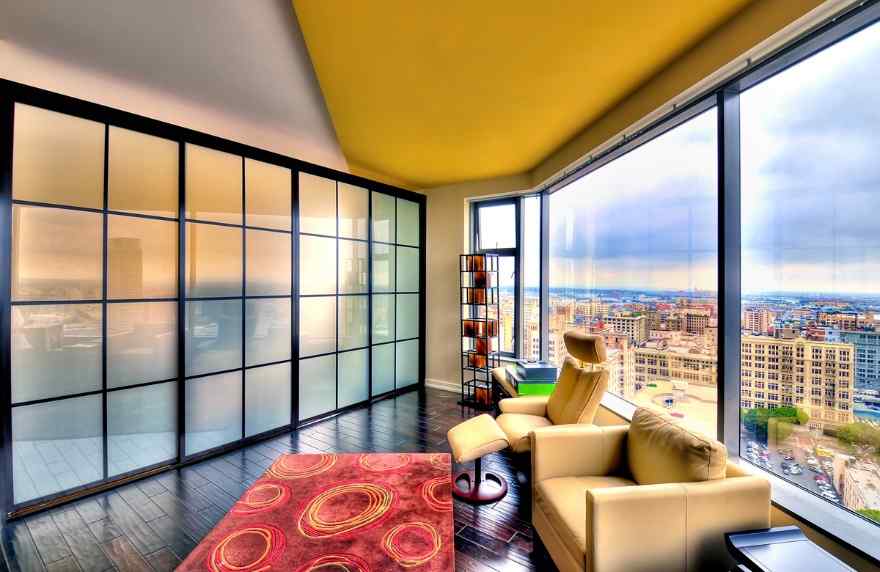

Large spaces can sometimes be overwhelming to decorate—awkward angles, impractical layouts—it can be a challenge. Yet having too much space can be a good thing! With more area to work with, you have more options at your fingertips. Here are a few tips to make your room less cave-like and more cozy.
Tip #1: Physically Divide It Up
There are a couple ways you can divide your too-big room into cozier areas:
- Use sliding interior doors to create new rooms, like a reading nook or children’s play area. By using interior glass doors, the space is sectioned off and private, but not closed off entirely—light can still pass through, and the decor can still match, and the interior sliding glass doors can be opened to incorporate it back into the larger room.
- Use furniture like sectional sofas and bookshelves to break up the room’s floor plan into separate zones, without making permanent changes. Lamps and taller fixtures like a statue or fountain also help to designate one space from another. A console table can “wall” off the TV room from the dining room, or a set of shelves can designate the library separate from the kitchen.
Tip #2: Visually Divide It Up
Use patterned floor rugs, curtains, door features, wall color, room dividers, and decor trends to visually divide the spaces. Creating cozy spaces with distinct color schemes unto themselves will help your room look less like a furniture store and more like a welcoming home. A children’s corner will be a bit more colorful, while the game table will have more storage—these visual cues help a big room feel more inviting.
Tip #3: Choose a Focal Point
If you’d prefer to keep your larger room open, consider choosing a focal point like a fireplace or a large coffee table, and arrange the furniture around that piece, remembering not to push all the seating to the edges of the room. This is also a great way to display your heirloom piano or a prized collection in a glass showcase.
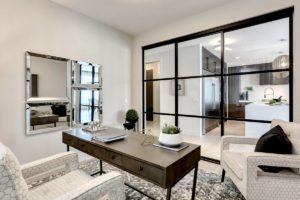

Tip #4: Be Bold
Whether you’re a contractor, a homeowner, or an interior designer, it can be intimidating to choose decor elements for a large room or space—but, here, being bold doesn’t have to be scary. Look for strong, graphic prints for curtains on windows or interior glass doors, and color coordinate that print with bright or singular colors throughout. This is a great way to also incorporate colors, from artwork or themes—think stripes and blues for a beachy theme, or leaves and greens for a tropical feel—without being overly matched.
Tip #5: Light It Up
No matter how good your interior decorating skills are, if you’ve got a large, dark space, it’s going to feel like a cold, scary cave. Unless that’s the look you’re really going for, be sure to vary your lighting, but keep the bulbs the same warmth or color. Since lamps can also help visually designate smaller spaces within a larger room, they are perfect for lighting it, as well.
Torch lamps that face up toward the ceiling will add more ambient light, while down-facing lamps are better for a reading chair or puzzle table. If you have taller ceilings, warmth can be given by hanging a chandelier with adjustable light settings, adding lighting strips along ceiling beams, or installing wall sconces for a coordinated decor trend.
Tip #6: Don’t Leave the Walls Bare
It may be tempting to scale down your decorating when you have a room already so full of furniture and fixtures, but leaving your walls bare will undo all your hard work. Remember to keep the pieces thematic, whether it’s color or style, to the room or section they’re in—but have fun. Show off a collection of art or antiques, or coordinate frames for all the family photos collecting dust. Hanging art or other pieces on the walls will help ground the space and make it feel smaller and more inviting.
If you are thinking of how to remodel and redesign your larger living space, call The Sliding Door Company for a free consultation or find a showroom near you. They can help you determine the best sliding doors for your interior projects and help make your house a home!
How to Plan a Home Remodel


Remodeling your home can be an exciting prospect, but it’s also daunting. Where do you begin? What potential problems might arise?
To prepare for a home remodel, you first need to work with remodeling professionals to create a design plan. You should also get your current house inspected to make sure there are no issues with the electrical system, plumbing, or other critical areas. You’ll also want to consider what kind of budget the remodeling will require.
Once you’ve come up with a solid plan, you can start working on the creative details. Have fun selecting new paint schemes, new flooring, and even new furniture. You may also want to figure out how to incorporate natural elements like plants and flowers into your new living space.
Remodeling a home does take a lot of work, but the end result is a new, exciting living space for you and your family. Read the infographic below for more information on how to successfully plan a home remodel.


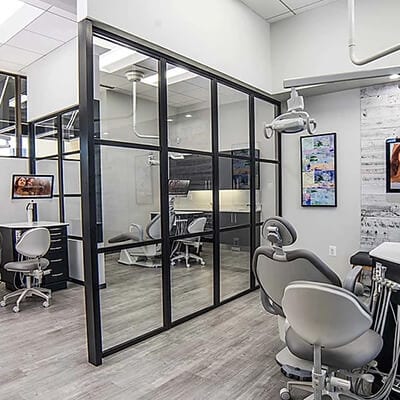 PARTITION WALLS
PARTITION WALLS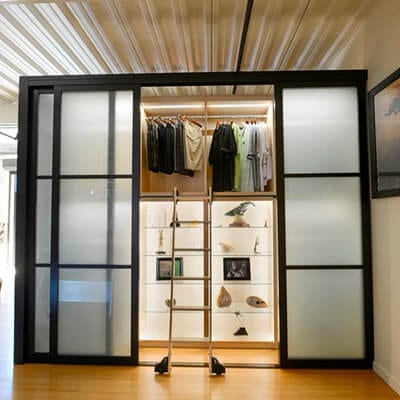 CLOSET DOORS
CLOSET DOORS WALL SLIDE DOORS
WALL SLIDE DOORS SWING DOORS
SWING DOORS BI-FOLD DOORS
BI-FOLD DOORS BARN DOORS
BARN DOORS SUSPENDED DOORS
SUSPENDED DOORS
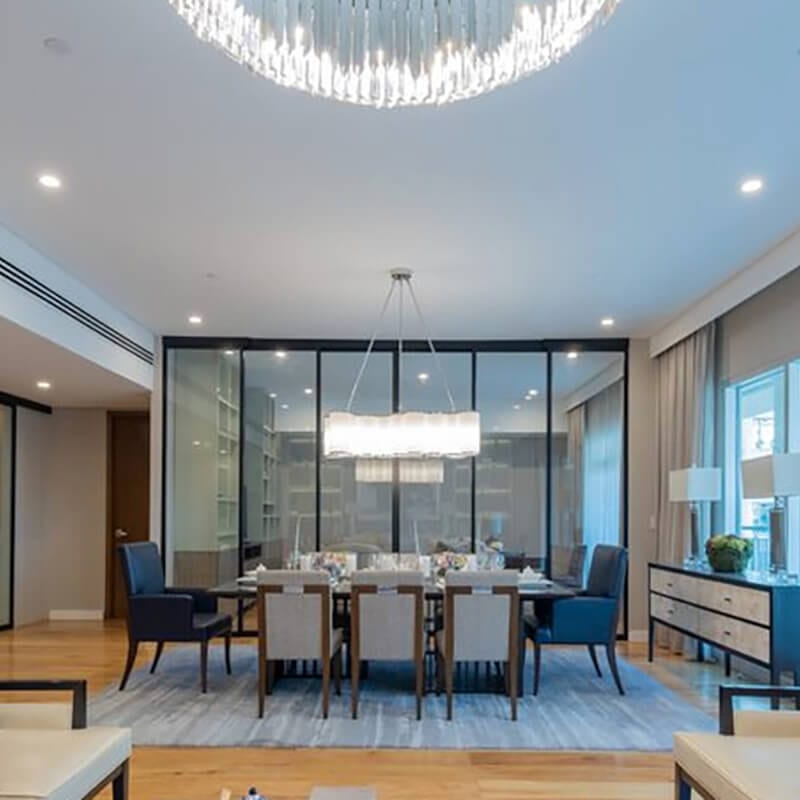 HOSPITALITY
HOSPITALITY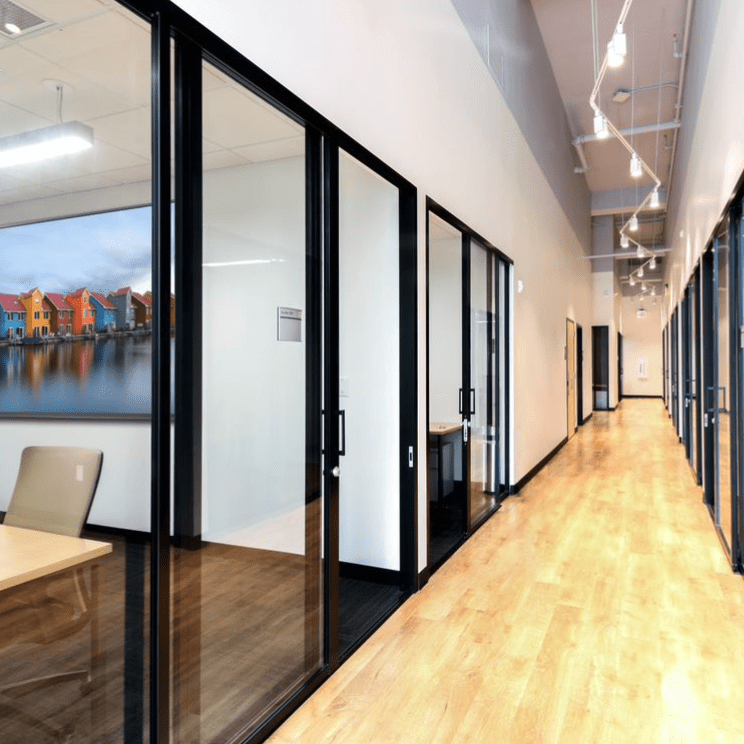 CO-WORKING
CO-WORKING HEALTHCARE
HEALTHCARE BRICK & MORTAR
BRICK & MORTAR EDUCATION
EDUCATION MULTI-FAMILY
MULTI-FAMILY BECOME A TRADE PARTNER
BECOME A TRADE PARTNER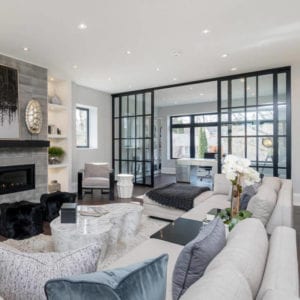
 PARTITION WALLS
PARTITION WALLS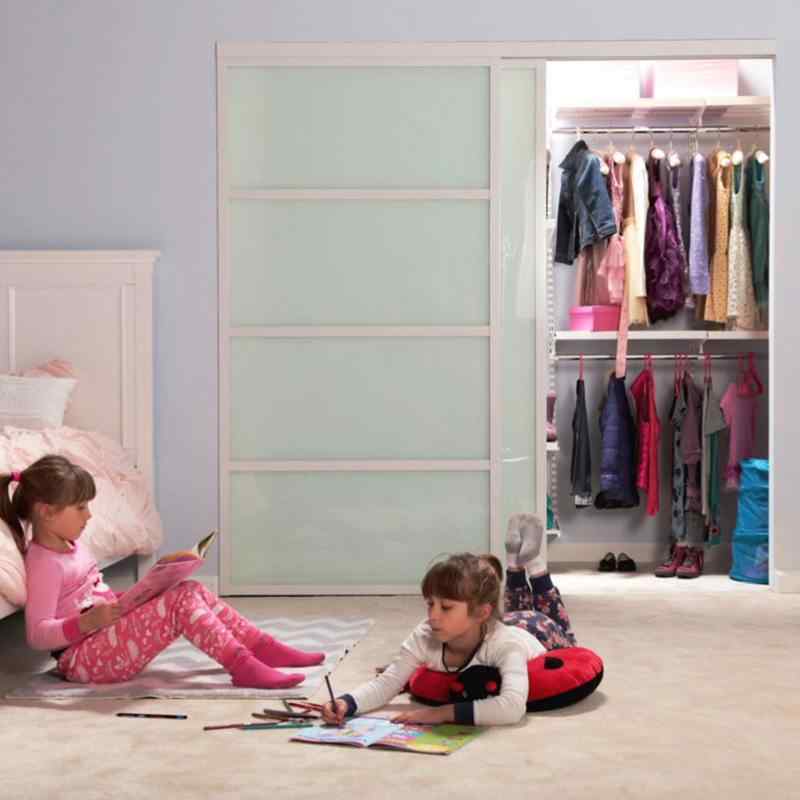 CLOSET DOORS
CLOSET DOORS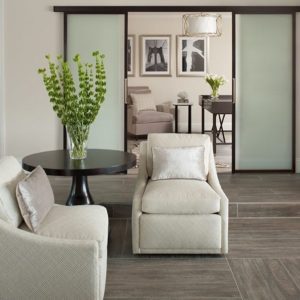 WALL SLIDE DOORS
WALL SLIDE DOORS SWING DOORS
SWING DOORS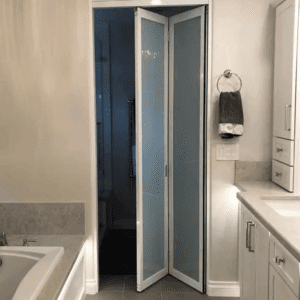 BI-FOLD DOORS
BI-FOLD DOORS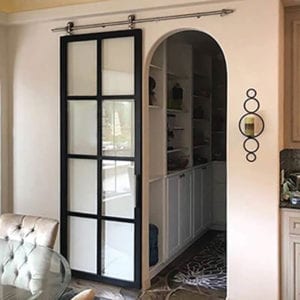 BARN DOORS
BARN DOORS SUSPENDED DOORS
SUSPENDED DOORS

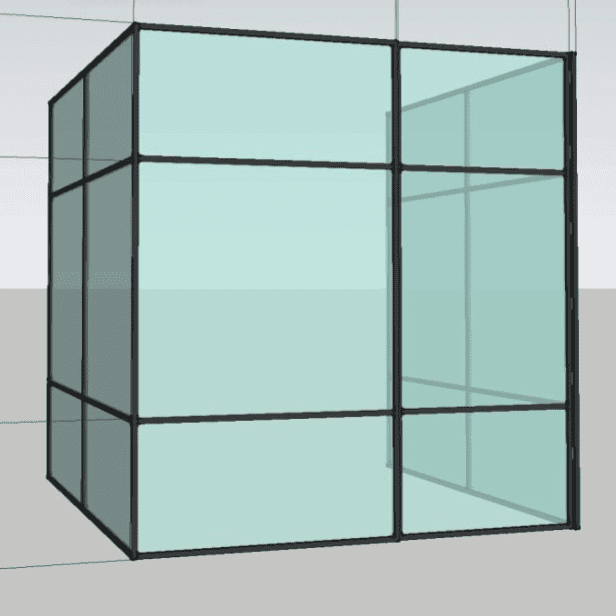
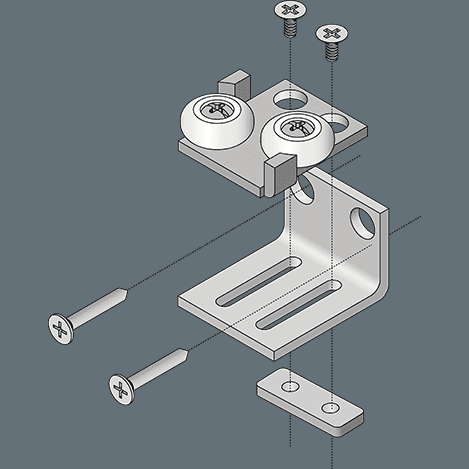

 10 REASONS
10 REASONS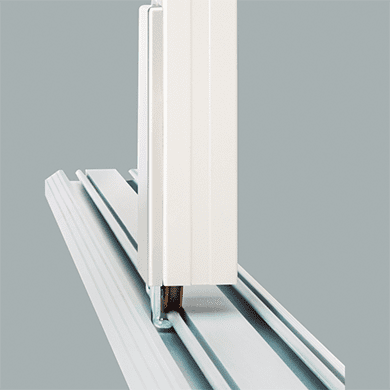 OUR PATENTS
OUR PATENTS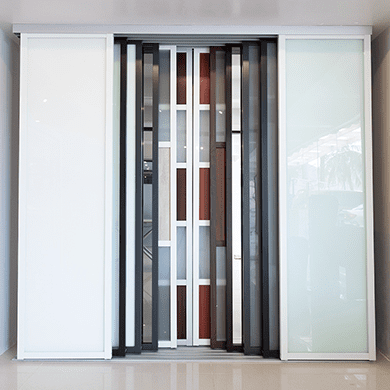 OUR PROCESS
OUR PROCESS OUR WARRANTY
OUR WARRANTY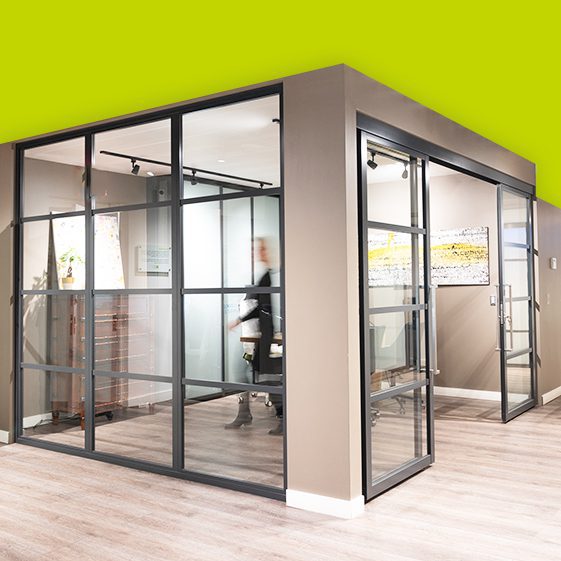 WHO WE ARE
WHO WE ARE CAREERS
CAREERS
